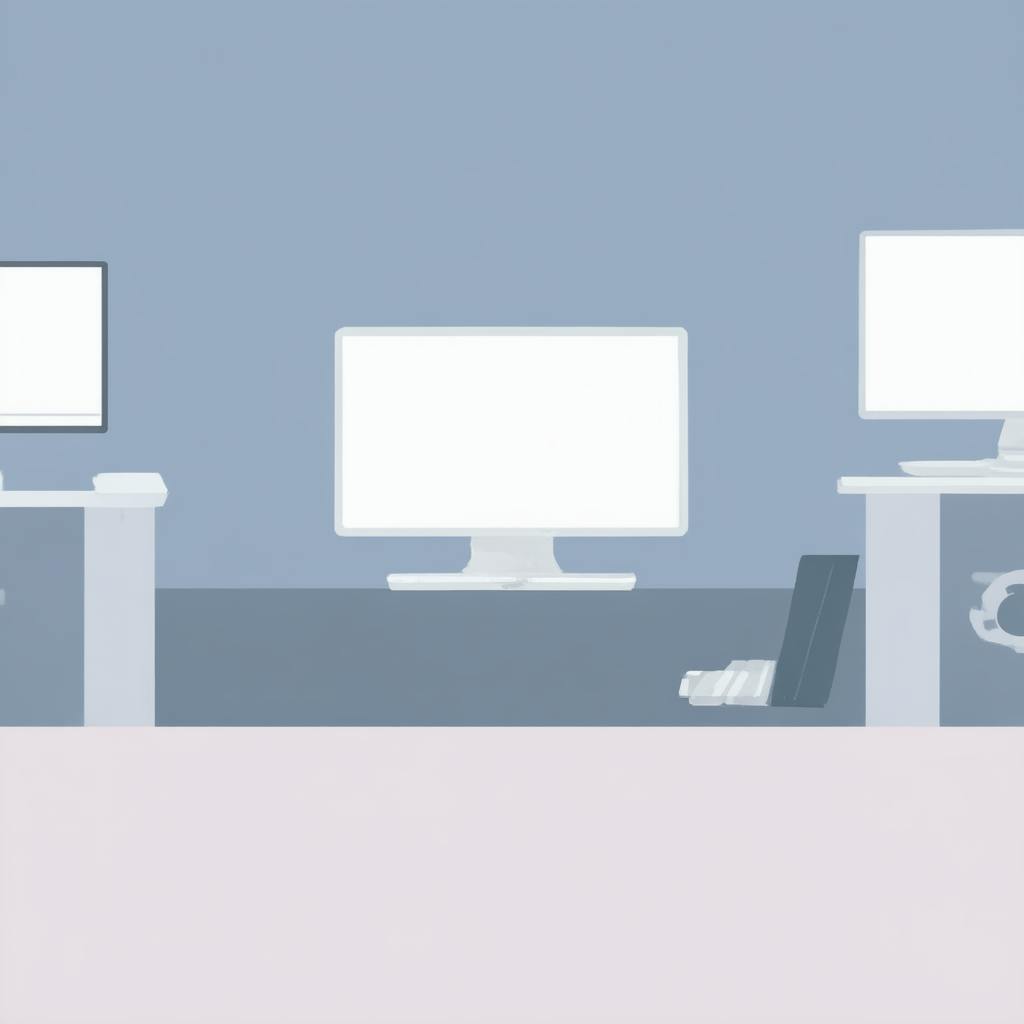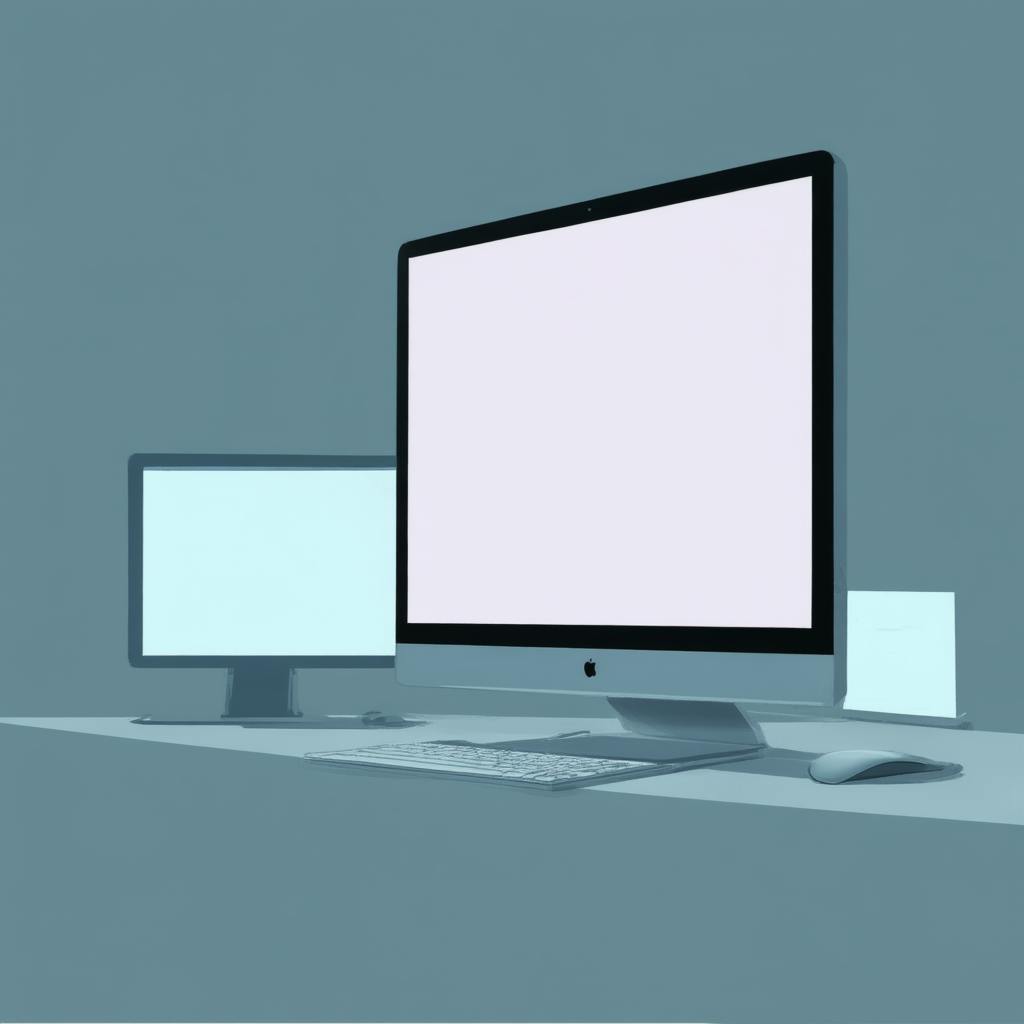In an ever-evolving world of design and print, mastering various printing techniques is crucial for any designer aiming to create captivating and effective visual communication. Understanding printing techniques not only elevates your design projects but also ensures they stand out in a crowded marketplace. Exploring these printmaking techniques in detail will improve your knowledge of different printing methods, thus opening the door to more creative possibilities. Let's delve into the world of printing and uncover what every designer should know.
Types of Printing: An Overview
1. Offset Lithography
Offset lithography is one of the most common printing techniques used today, particularly in high-volume commercial printing. This method involves transferring an inked image from a plate to a rubber blanket and then onto the printing surface. Its strengths lie in producing consistent, high-quality results at a relatively low cost for large runs. Designers should master this technique for projects involving magazines, brochures, and books.
2. Digital Printing
Digital printing has gained popularity due to its quick turnaround time and flexibility. It eliminates the need for printing plates, allowing for on-demand printing with minimal setup time. Ideal for short runs and personalized projects, digital printing is versatile and budget-friendly. Designers should leverage this technique for smaller projects, such as business cards or invitations, where customization is key.
3. Screen Printing
Screen printing, or silk screening, is a versatile method suitable for textiles, ceramics, wood, and paper. It involves creating a stencil (or screen) and using it to apply layers of ink onto the surface. This method is perfect for bold and vibrant designs, making it a favorite for creating apparel and posters. Designers keen on fashion or merchandising should master screen printing to widen their creative capabilities.
4. Gravure Printing
Primarily used for high-quality and high-volume work, gravure printing is known for producing rich and detailed images. It involves engraving the image onto a cylinder, which then transfers ink onto the substrate. As one of the more expensive types of printing, it's typically reserved for large print runs of magazines and packaging. Understanding gravure is essential for designers working with luxury brands or extensive print campaigns.
5. Flexography
Similar to letterpress, flexography uses flexible relief plates. It's widely used for packaging and labels due to its ability to print on diverse materials like plastic, foil, and cardboard. Known for its fast-drying, water-based inks, flexography is ideal for long print runs. Designers focused on packaging design must be familiar with this technique to ensure versatility in their projects.

AI made with Dean Jones
Expanding on Key Points
Printmaking Definition and Purpose
Printmaking is the process of creating artworks by printing, traditionally on paper. This artistic approach allows for the creation of multiple copies of a single artwork, spreading its reach and cultural impact. For designers, understanding the essence of printmaking through its various methods can drive creativity and offer new dimensions to their projects.
Different Printing Methods: A Technological Fusion
Different printing methods offer a technological fusion of art and science. While traditional techniques like screen printing emphasize craftsmanship, digital methods highlight efficiency and adaptability. Designers must evolve with these advancements, using them to foster both innovation and efficiency in their creative endeavors.
Frequently Asked Questions
What is the difference between offset and digital printing?
Offset printing is preferable for high-volume jobs due to cost-effectiveness and color accuracy, whereas digital printing is suited for short runs and variable data projects due to its quick setup and flexibility.
Which printing technique is best for t-shirts?
Screen printing is widely regarded as the best technique for printing on t-shirts because of its ability to produce vibrant, durable colors on fabrics.
How do I choose the right printing technique for my project?
Consider the project's volume, budget, material, and desired outcome when choosing a printing technique. Familiarity with various methods will make it easier to select the most suitable one.
FAQ: Essential Printing Techniques Every Designer Should Master
How can mastering certain printing techniques improve my design skills?
Mastering various printing techniques can significantly enhance your design skills in several ways:
- Expanded Creative Possibilities: Understanding the strengths and limitations of different printing methods allows you to choose the most suitable technique for your design goals, enabling innovative and effective solutions.
- Enhanced Quality Control: With in-depth technique knowledge, you can better anticipate and avoid potential printing issues, ensuring that your designs are executed with the highest possible quality.
- Improved Communication with Printers: Familiarity with technical jargon and processes allows more effective collaboration and communication with printing partners, resulting in smoother project execution.
- Cost-Effective Designs: By understanding printing costs and capabilities, you can design more cost-efficient projects, balancing aesthetics with budget constraints.
What resources are available for learning advanced printing techniques?
There are numerous resources available to help designers deepen their understanding of advanced printing techniques:
Books and Guides
- "The Printmaking Bible" by Ann d’Arcy Hughes and Hebe Vernon-Morris is a comprehensive guide covering various printing techniques from traditional to contemporary methods.
- "Print Matters" by Viction:ary explores modern printing techniques and their applications in graphic design.
Online Courses and Tutorials
- Websites like Skillshare and LinkedIn Learning offer courses on print design and printing technology.
- YouTube is a valuable resource for practical demonstrations and tutorials on specific techniques.
Workshops and Seminars
- Attend local workshops or seminars hosted by printing companies or professional organizations like AIGA (American Institute of Graphic Arts).
Industry Publications
- Subscribing to industry journals such as Print Magazine or How Design can keep you updated on the latest trends and advancements in printing.

AI made with Dean Jones
Can you give examples of specific projects where these printing techniques are commonly used?
Certainly! Different printing techniques are suited to specific types of projects, as outlined below:
Offset Lithography
- Projects: Large-scale marketing materials, such as catalogs, magazines, and newspapers.
- Benefits: High fidelity and consistent quality across large print runs.
Digital Printing
- Projects: Customized marketing collateral, direct mail campaigns, and small-batch product packaging.
- Benefits: Quick turnaround times and support for variable data.
Screen Printing
- Projects: T-shirts, posters, and promotional items.
- Benefits: Durability and vibrant colors suitable for fabrics and flat surfaces.
Letterpress Printing
- Projects: High-end stationery products like business cards and invitations.
- Benefits: Tactile, luxurious impressions that convey craftsmanship.
Flexography
- Projects: Product packaging, biodegradable bags, and labels.
- Benefits: Flexibility across different materials and fast production speeds.
Gravure Printing
- Projects: Long-run publications, magazines, and national catalog drops.
- Benefits: Excellent image quality and economical for large volumes.
By mastering these techniques and understanding their applications, designers can elevate their craft and deliver compelling, effective print designs tailored to diverse client needs.
Conclusion
Mastering a variety of printing techniques is indispensable for any designer seeking to excel in the field of visual communication. From offset lithography to digital printing and screen printing, each method offers unique advantages and applications. By understanding and utilizing these different printing methods, designers can significantly enhance their creative output and meet the diverse needs of clients. Ultimately, keeping abreast of emerging printmaking techniques ensures that your designs not only keep pace with but also set the trends in the dynamic world of design.

